Autumn is the season of mists and mellow fruitfulness, but it is also the best time of the year to spot fascinating natural phenomena in the countryside.
Natural phenomena seen in the UK is generally influenced by weather conditions, tidal change, fog, flooding and drought. From beautifully eerie cloud inversions to the spectacular black moon, the autumn months offer the chance to see a different side to the great outdoors.
Discover more with our guide to incredible natural phenomena to see in the UK in the autumn months.
What is natural phenomena?
Natural phenomena is an extraordinary occurrence found in nature, such as a Harvest moon or lunar eclipse that can be observed by the eye. Some are more common than others, but count yourself lucky if you spot a broken spectre or see a beautiful starling murmuration.
From catching a glimpse of an eerie broken spectre to gruesome fungal bloom, here is our guide on the best natural phenomena to spot in the autumn.
Broken spectre
One of the eeriest tricks of light you can witness in the outdoors is often associated with cloud inversions, and thus more likely to occur from this time of year onwards. When walking with a layer of cloud or fog beneath you and the sun directly behind you, a spectral shadow is cast upon the mist, framed by a queer halo of multi-coloured light around its head.
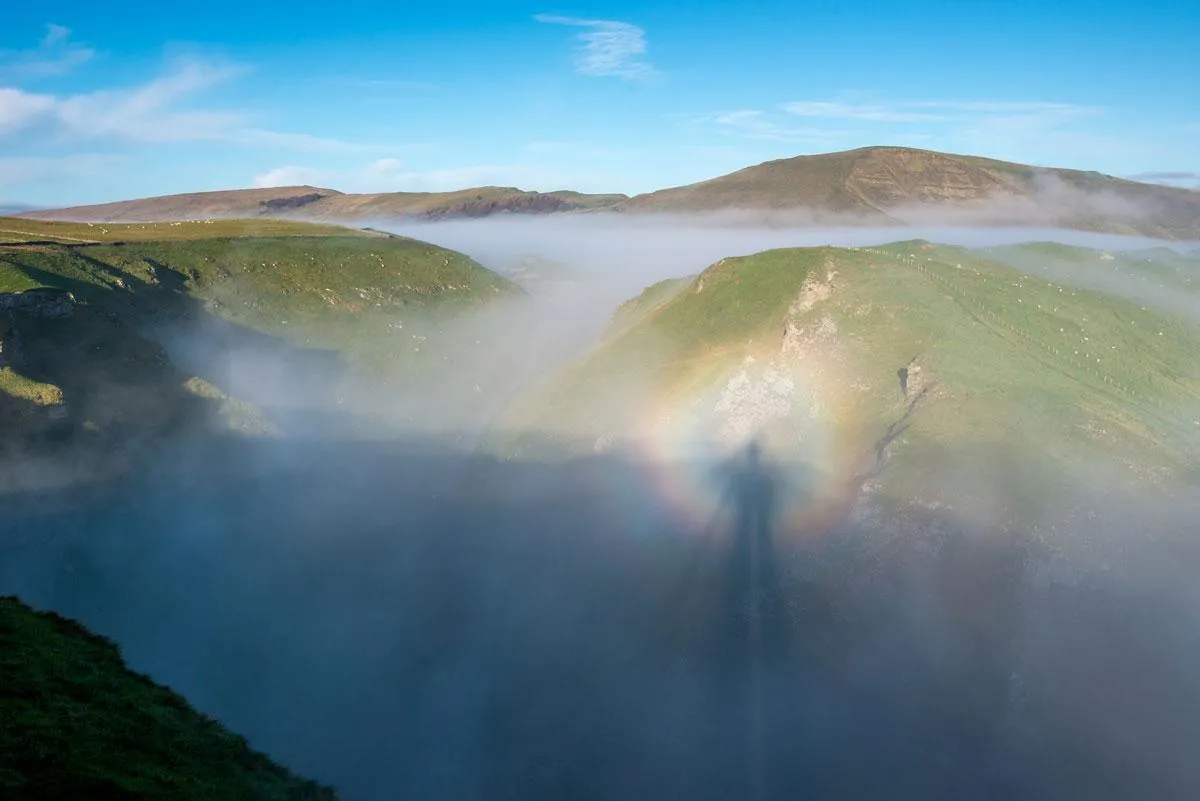
Most disturbingly, it appears vastly exaggerated and can loom quite unsettlingly when caught out of the corner of your eye. It’s often quoted as a possible explanation for the Bigfoot-like Fearlas Mor (“Big Grey Man”) legend of Ben Macdui, a dreadful presence which prompted mountaineer Professor J. Norman Collie to tell a meeting of the Cairngorm Club in 1925 that “there is something very queer about the top of Ben MacDhui and I will not go back there again by myself I know”.
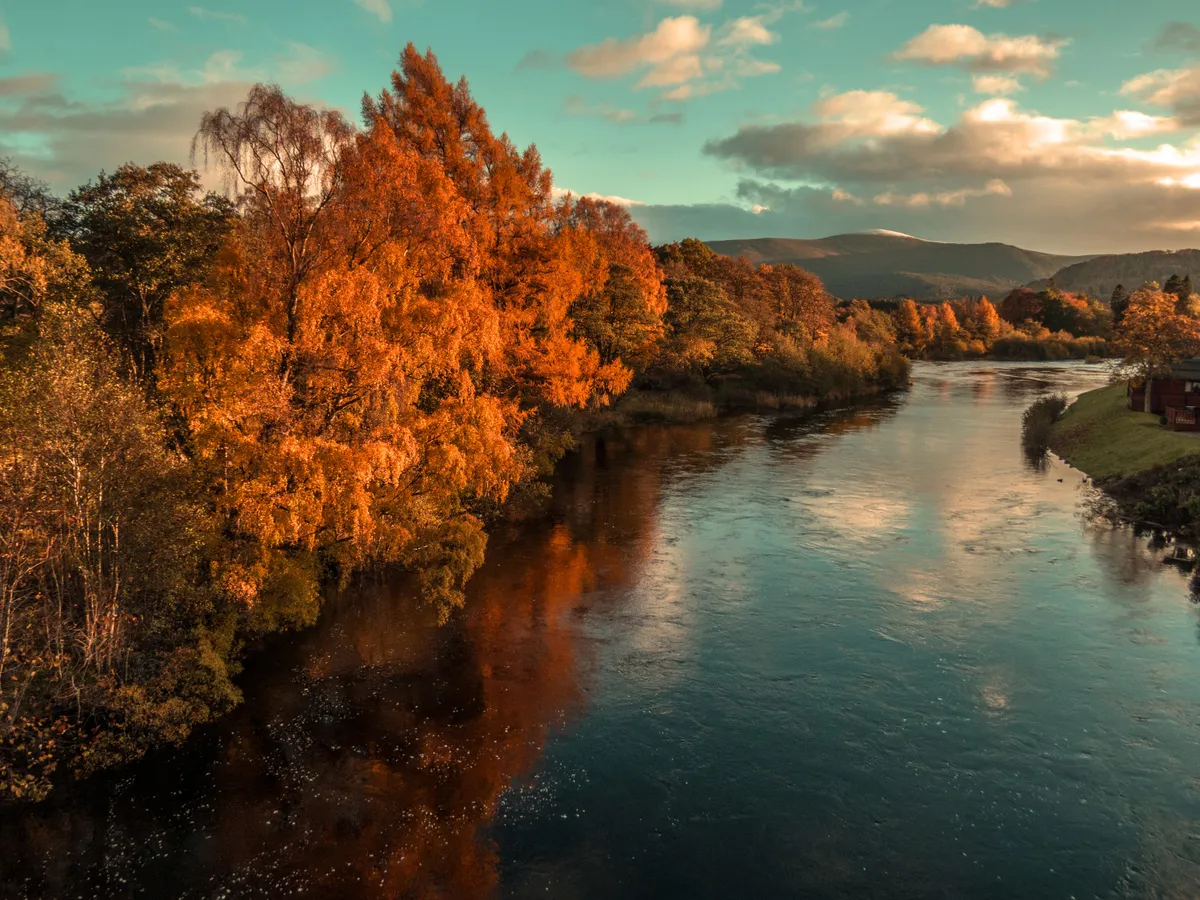
Black moon
Occurring roughly every two-and-a-half years, this not so common lunar pattern is named for the second new moon in a single calendar month. And it just so happens that one occurred on 30 October 2016, rising at 06:14 in southern England and setting at 16:57. But that doesn’t mean that tonight isn’t special too. Whilst the measurable amount of illumination of the moon’s visible face was around 0.2 per cent yesterday (as compared to nearly 100 per cent when “full”), it will lift to a bare 0.7 per cent tonight.
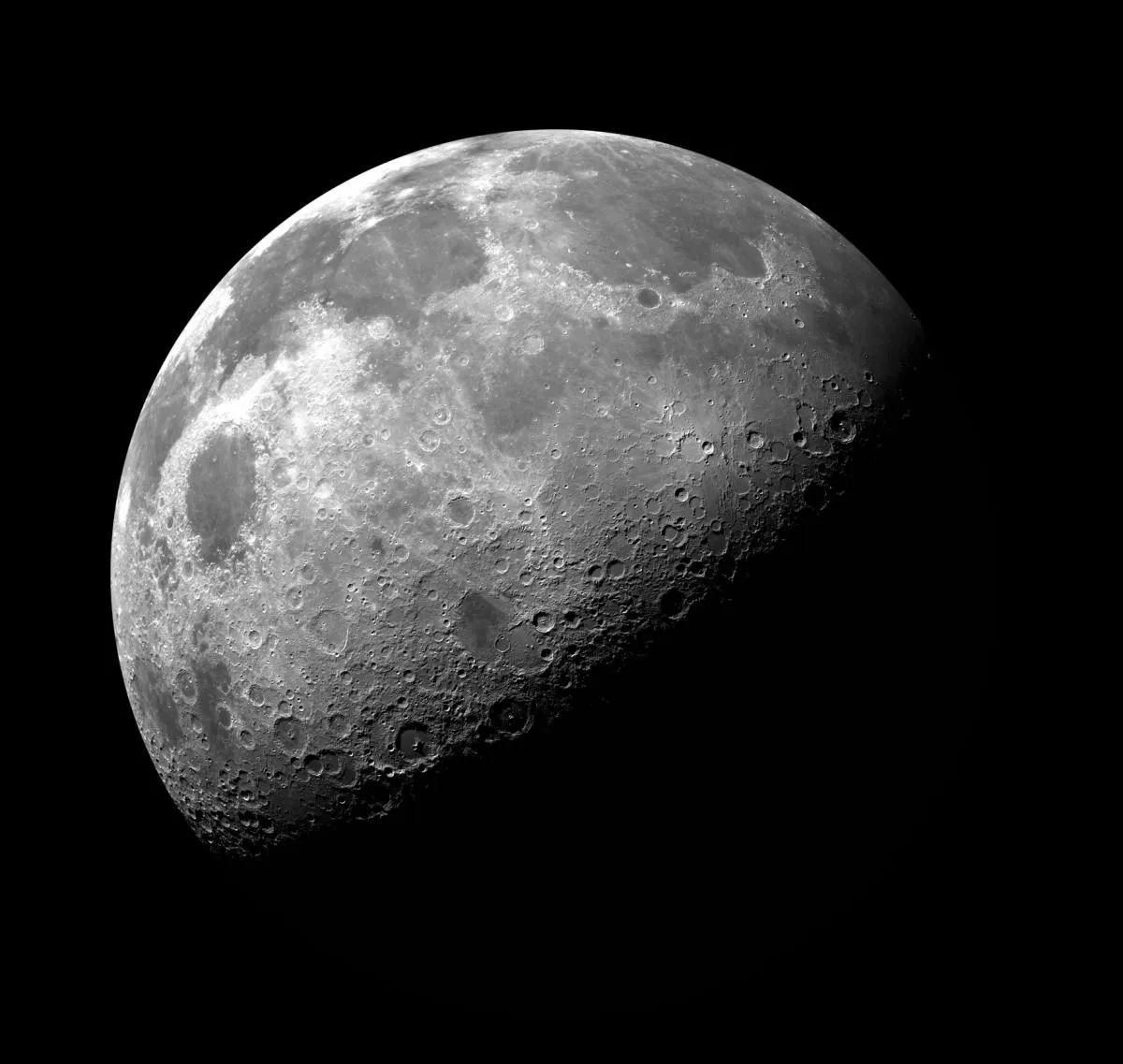
Being a new moon, a black moon is aptly named as there will be little to no natural light to obscure the stars, the northern lights, or even perhaps the supernatural entities and pagan spirits traditional associated with All Hallow’s Eve.
Harvest moon
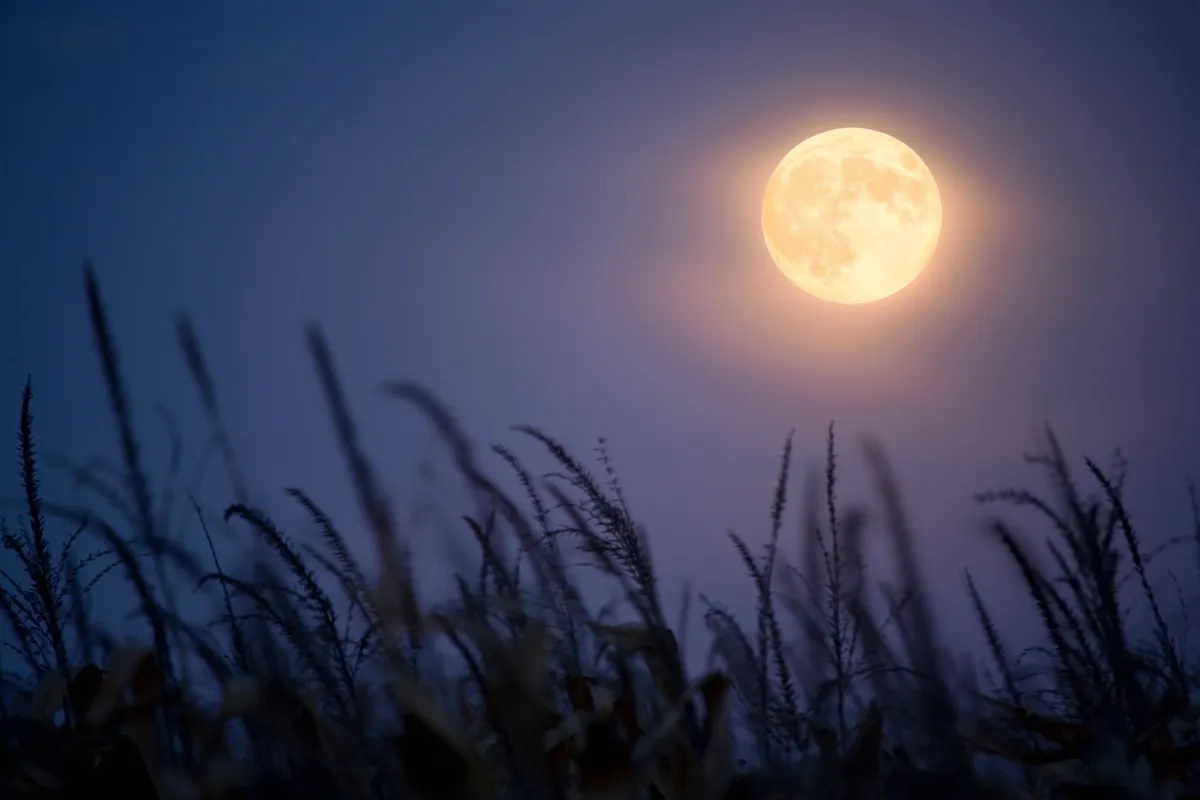
The harvest moon is the nearest full moon to the autumn equinox between September and October. It is often a particularly spectacular and low full moon that can appear a reddish colour.
Cloud inversion
Typically the relationship between altitude and temperature is a clear one: the higher you climb, the colder it will get. However, when natural processes reverse that relationship cold and moisture-rich air can become trapped in valleys and lowlands - creating a sea of cloud beneath crisp and fog-free summits.
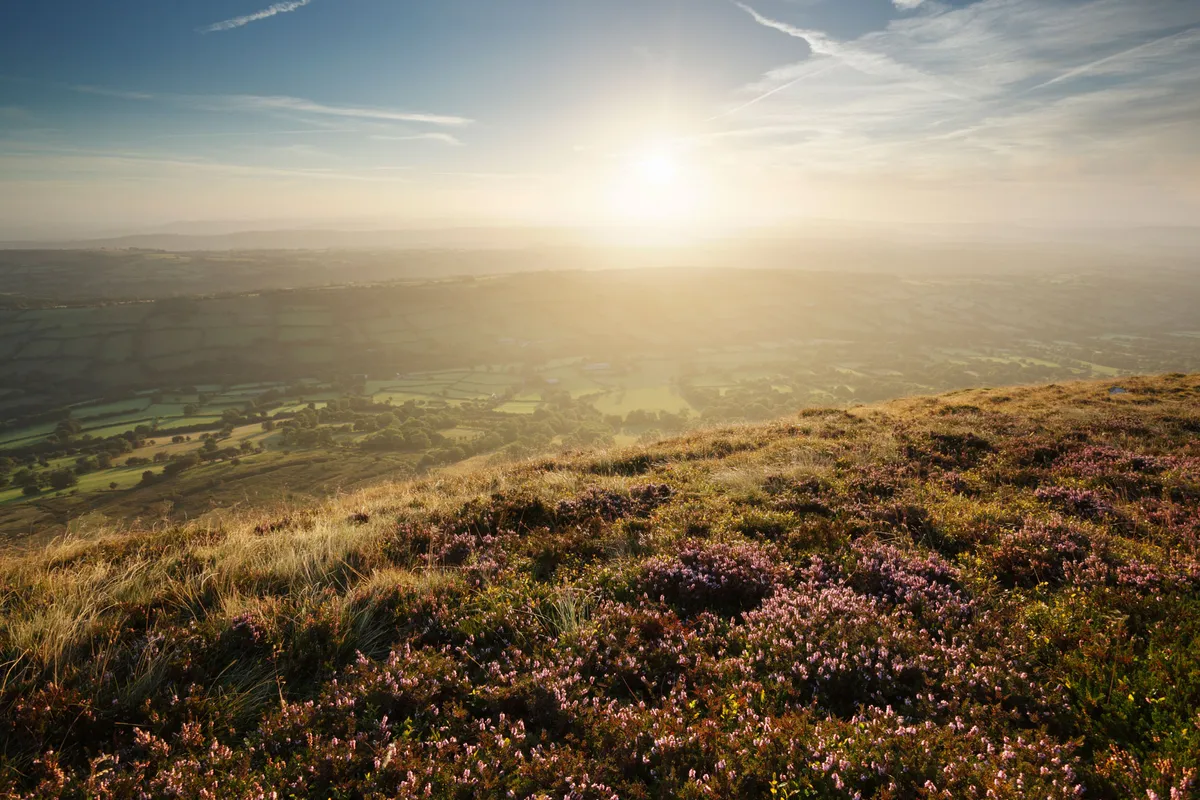
This phenomenon is most commonly witnessed in the winter half of the year, of which Halloween traditionally marks the start. To predict them, look for stable high pressure systems, moist sea breezes and clear, calm nights in the hills. With these secured, pick a suitable high spot on which to wild camp and keep your fingers crossed and your alarm set - they’re best seen at dawn.
Fungal bloom
Being the prime of autumn, this is the finest time of year to witness the wealth of fungi in the British outdoors, and to marvel at the ethereal shapes and colours they can manifest, as well as the very practical acidic and alkaline toxins inherent within. There could be little vegetation more apt for the modern image and associations of Halloween.
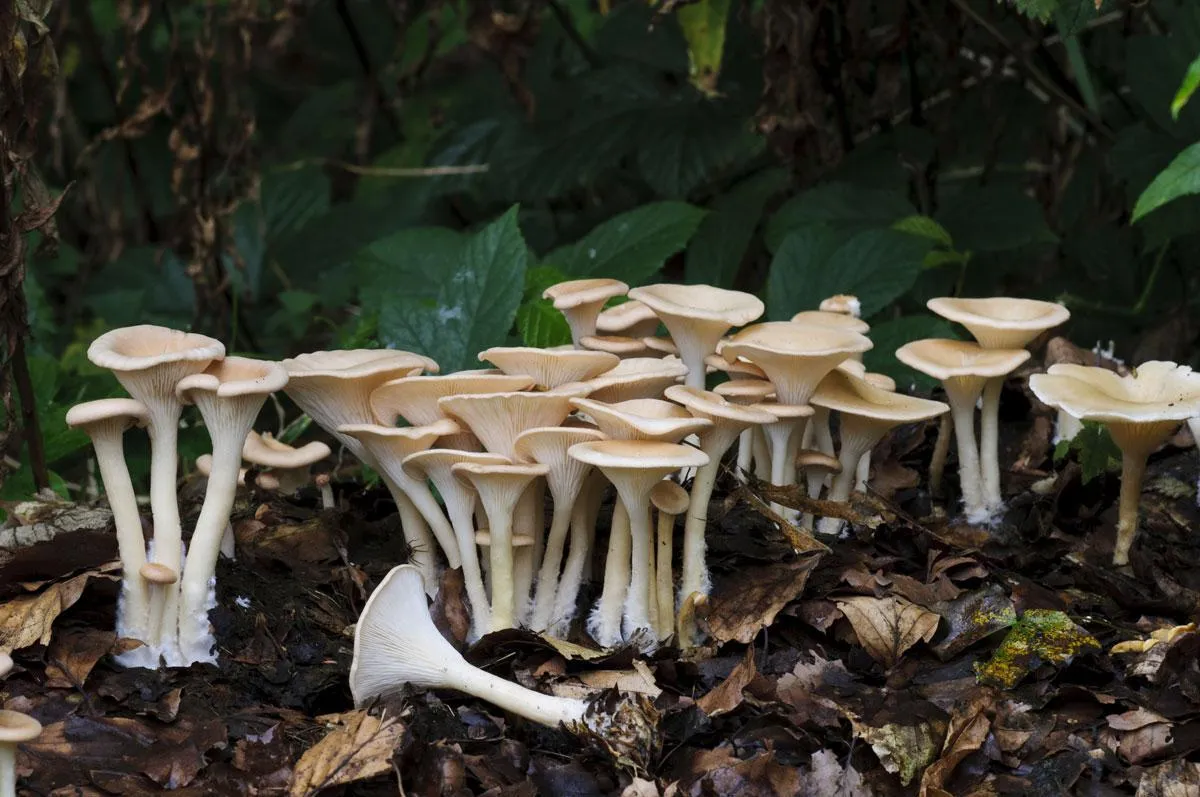
Species commonly found around the fields and woodland of the UK include the dull yellow and edible butter waxcap, the psilocybin-rich (and thus hallucinatory) liberty cap, and the ivory-coloured and ornate snowy waxcap. But perhaps the most iconic is the bright red cap and white spots of the fairytale stalwart fly agaric - a psychoactive, hallucinogenic and unpleasantly toxic fungus best appreciated from a distance.
See our guide to identifying wild mushrooms and fungi
Leaves changing colour
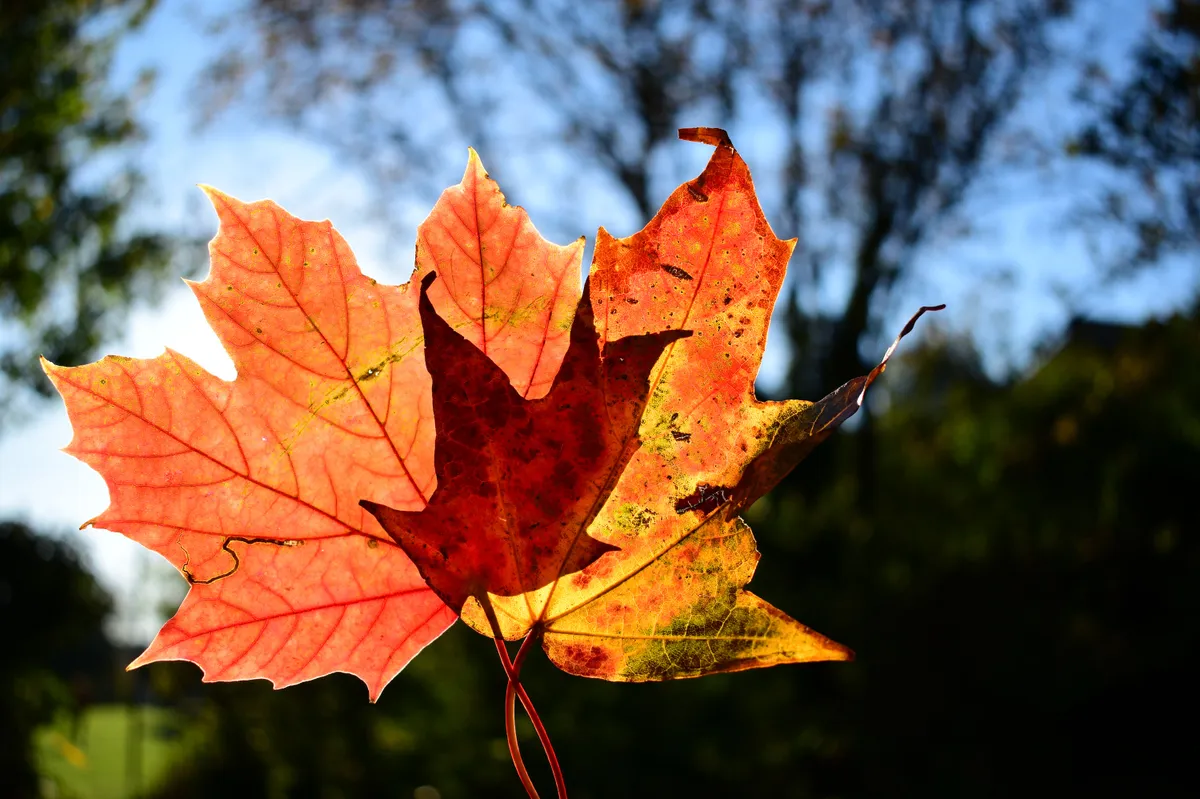
Fewer sunlight hours and cooler temperatures reduce the need for chlorophyll in leaves in autumn. As the pigment breaks down, the xanthophylls and carotenes become more visible, producing a stunning array of yellow and red hues.
- The first signs of autumn
- See the best places for autumn colours in the UK
- Britain’s most spectacular autumn arboretums
Starling murmuration
Most commonly seen throughout November, vast murmurations of starlings - in which thousands or sometimes hundreds of thousands of the small triangular-winged birds swoop and twist in unison - can occur as early as September.
This makes the days and weeks from Halloween and beyond the time to witness such mesmerising behaviour. The theory is that starlings form these writhing, constantly evolving masses in order to evade predators, exchange information, keep warm and to gather before settling into their roosts for the night.
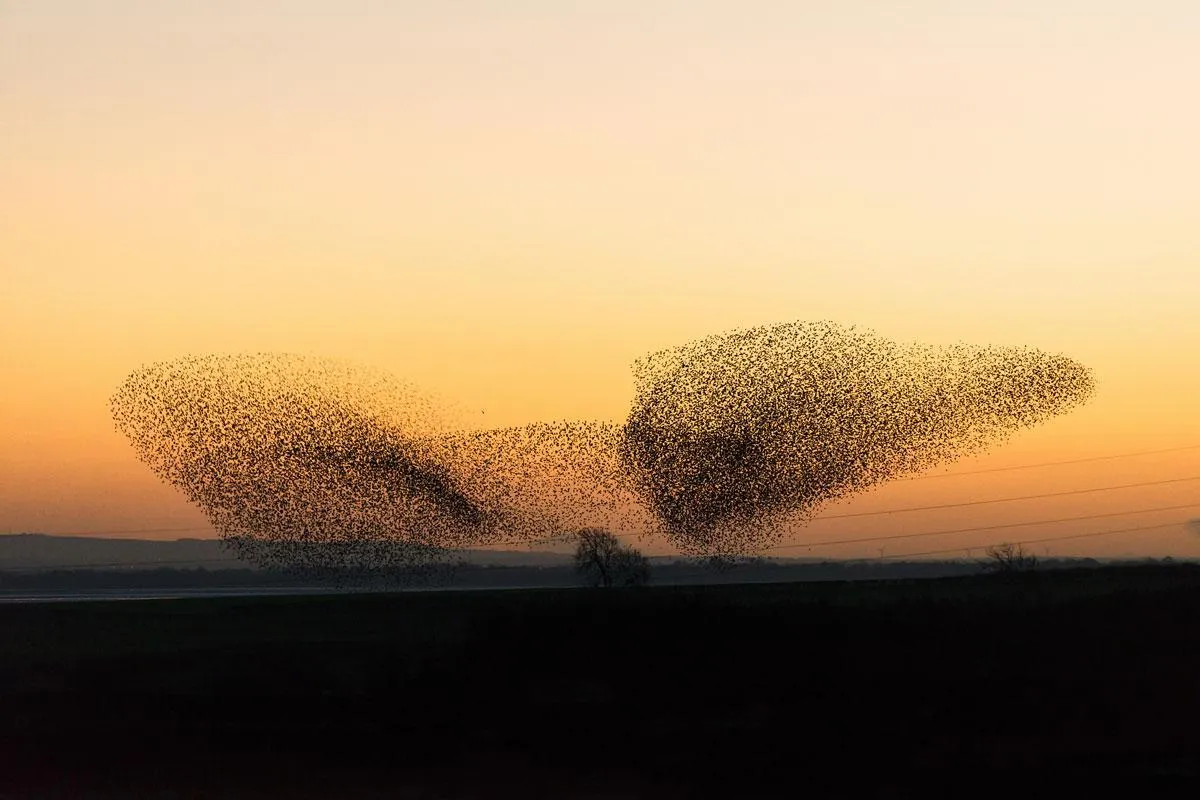
They most commonly occur at dusk and can be spotted across Britain from Brighton Pier to Gretna Green to Somerset’s Avalon Marshes.